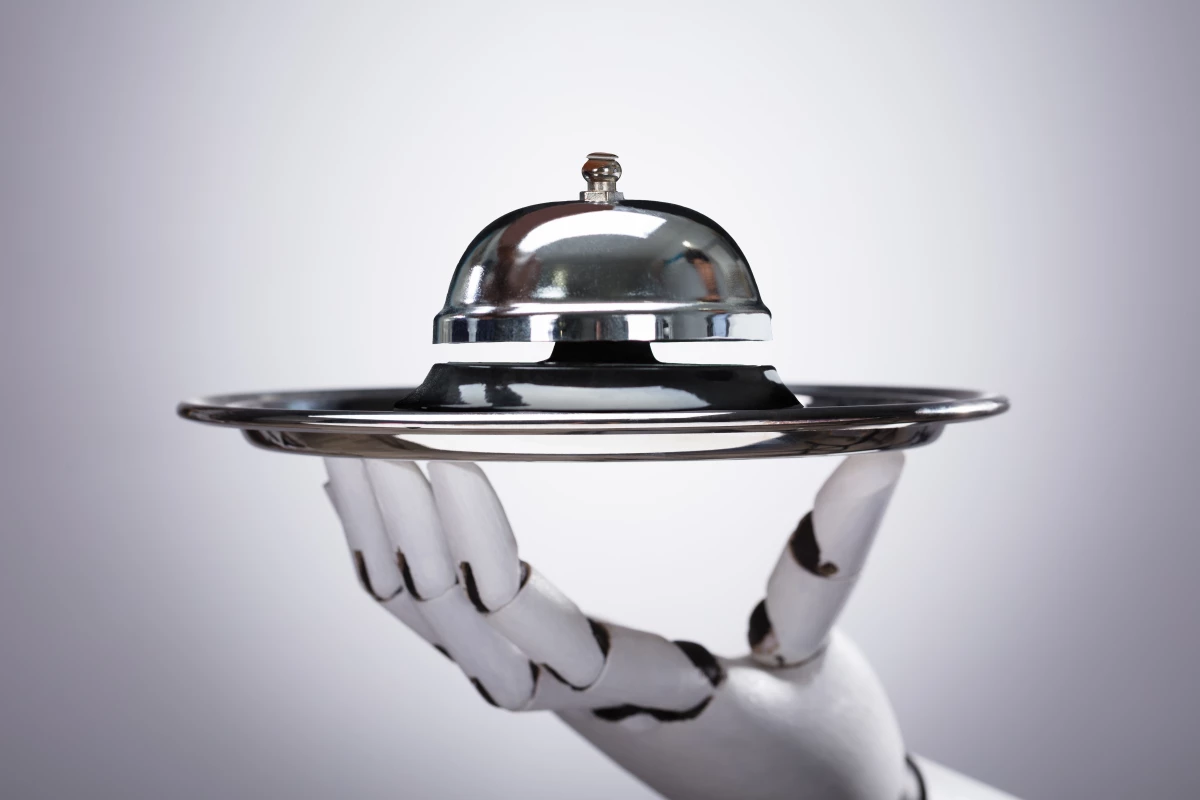It’s no secret that we’re not all equal when it comes to skills in – or the inclination to spend time in – the kitchen. It’s one of the key drivers behind the push to use new AI developments to shape the future of the home and commercial kitchen. (That and the obvious windfall that would come from it.)
The latest development comes out of the engineering department at the University of Cambridge, in which researchers taught an AI-programmed robot ‘chef’ to use its machine brain to make salads on its own, after being taught by instructional videos.
Watching a human slowly create eight different salads, and through using math formulas to help the machine translate the visual cues, the robot was able to identify ingredients and prepare different salads from its mental ‘cookbook'. What’s more, the robot was able to build on its knowledge as it progressed, and came up with a ninth recipe on its own. However, this original recipe appears to be just a reordering of the ingredients used in another salad.
“We wanted to see whether we could train a robot chef to learn in the same incremental way that humans can – by identifying the ingredients and how they go together in the dish,” said Grzegorz Sochacki from Cambridge’s Department of Engineering, the paper’s first author.
The recipes were limited to five ingredients: broccoli, carrot, apple, banana and orange. Three recipes were variations on a slaw, three were types of fruit salads, and two were vegetable dishes. It’s safe to say this robot chef isn’t quite ready for catering weddings, or even date night. Of the 16 instructional videos the robot watched, it identified the right recipe 93% of the time, despite only detecting 83% of the human chef’s demonstrations.

There were clear limitations to the robot’s ability, of course. As well as the inability to perform complex actions generally required of a human chef in food preparation, its neural network, trained on the Microsoft Common Objects in Context (COCO) image-recognition dataset, was still quite rudimentary.
However, the researchers were nonetheless impressed by the way the robot chef was able to infer actions from the videos; if the demonstrator was holding a knife in one hand and a carrot in the other, the robot knew it had to put the vegetable through the slicer during its own preparation, for example.
“Our robot isn’t interested in the sorts of food videos that go viral on social media – they’re simply too hard to follow,” said Sochacki. “But as these robot chefs get better and faster at identifying ingredients in food videos, they might be able to use sites like YouTube to learn a whole range of recipes.”
While automating food production is certainly not a new idea; it’s brought us consumer gadgets like CookingPal and, recently, culinary monstrosities such as the 3D-printed ‘cake’. While machine learning has the potential to be a game changer for both home chefs and professional kitchens at some point, it’s safe to say there are no line cooks with their heads on the chopping block just yet.

“These recipes aren’t complex – they’re essentially chopped fruits and vegetables, but it was really effective at recognizing, for example, that two chopped apples and two chopped carrots is the same recipe as three chopped apples and three chopped carrots,” added “It’s amazing how much nuance the robot was able to detect.”
The research was published in the journal IEEE Access.
While it's no MasterChef audition tape, check out the Cambridge robot chef in action in this video.
Source: University of Cambridge






